500+ Global Brands Run on Artesis















About Us
Optimizing Asset Performance with Smart Monitoring
Artesis empowers industries with advanced solutions to optimize equipment performance and prevent costly downtime.
Using cutting-edge machine learning and real-time analytics, our system provides early detection of faults and actionable insights, ensuring the reliability and efficiency of your critical assets.
25+ Years of Proven Success
Predictive Maintenance Powered by AI
Sensorless, Scalable Solutions
0+
Years Experience
0k
Satisfied Clients
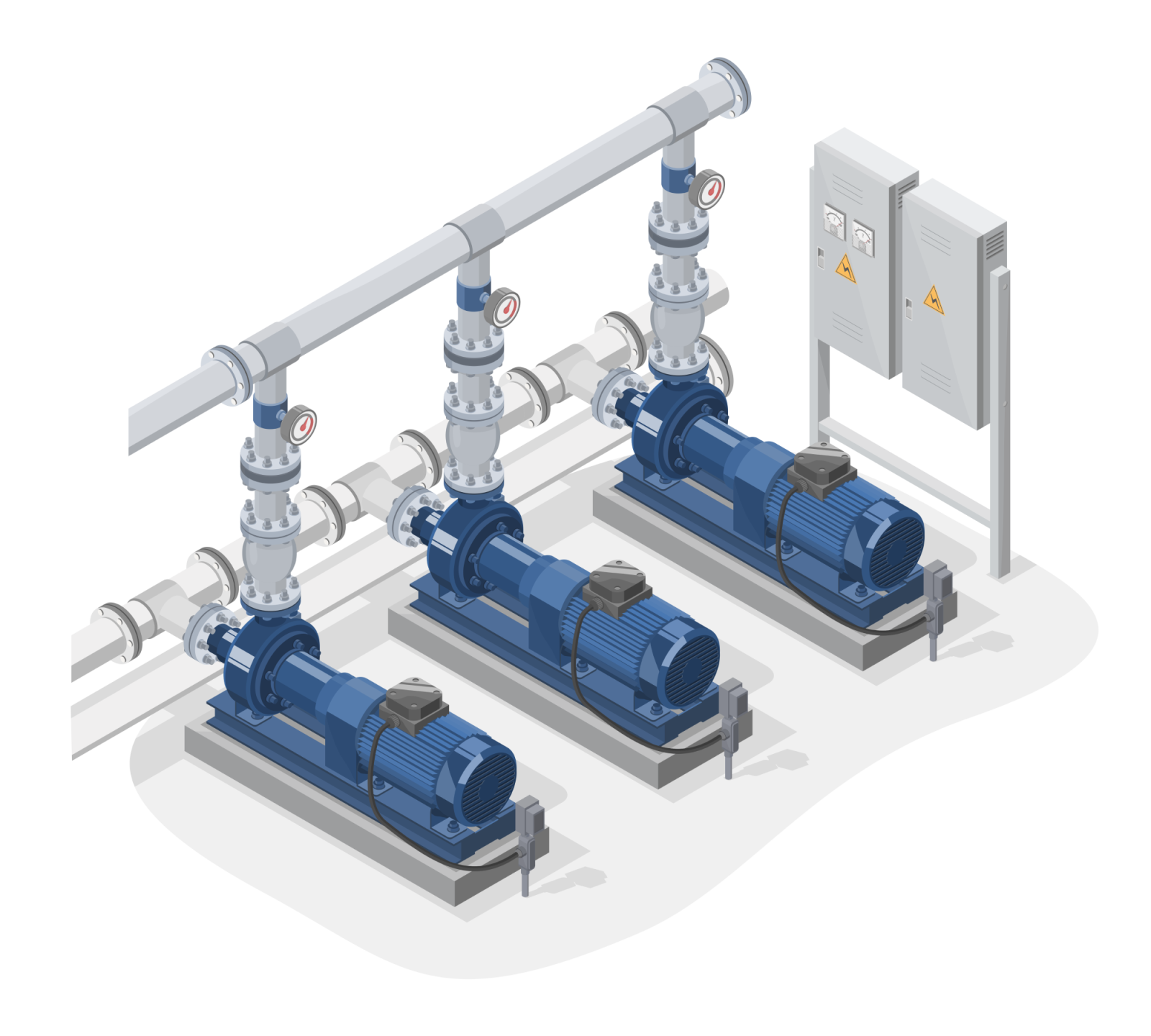
Pump
e-MCM
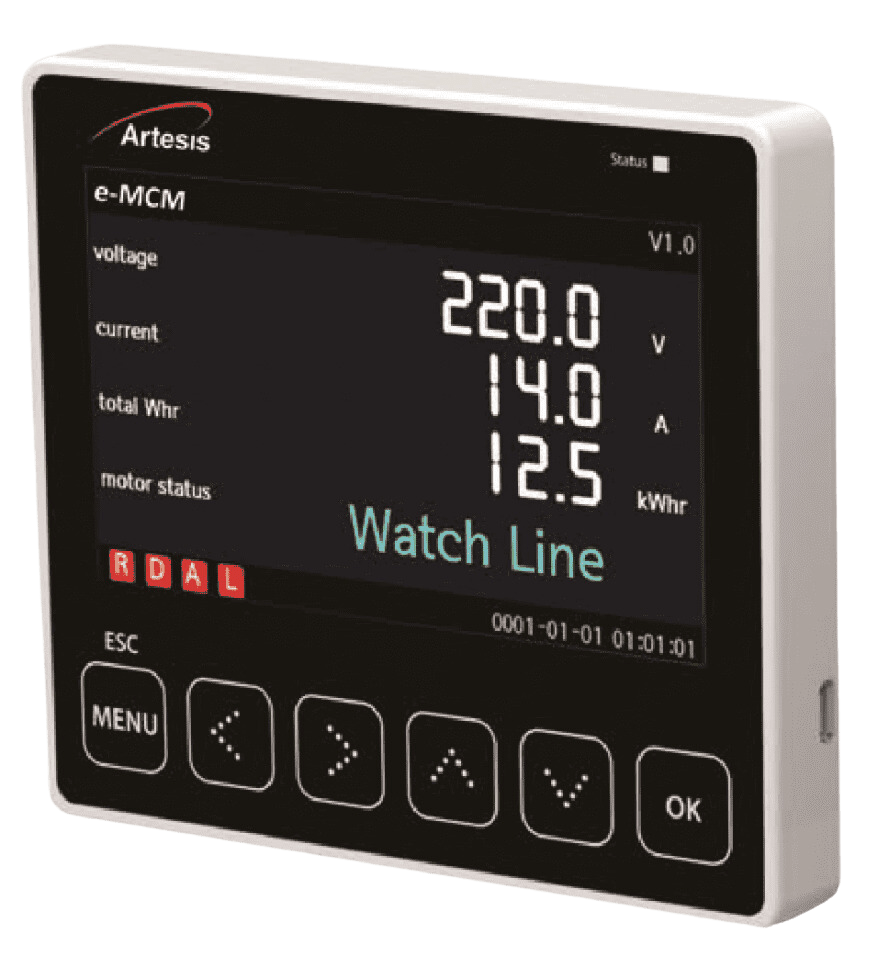
Motor
Artesis Video Showcase
Listen to Artesis from our VP at WEFTEC 2024, presented by Pumps & Systems Magazine.
Artesis: Empowering Industrial Excellence Through Advanced Solutions

Water

Water

Oil & Gas

Oil & Gas

Automotive


Focused on innovation
Revolutionizing Maintenance with Artesis e-MCM
The Future of Predictive Maintenance
Artesis e-MCM uses advanced signal processing and machine learning to continuously monitor motor performance, detecting faults up to 6 months before they cause disruptions. This proactive approach ensures the highest level of operational reliability.
Our Projects
Driving Maintenance Success Across the Globe
Installed in
0+
Facilities Across 50+ Countries
0%
Reduction in Unplanned Downtime
0%
Improvement in Energy Efficiency with Optimized Asset Performance
Freedom to Customize Your Maintenance Technology Stack
At Artesis, we empower you to take control of your condition monitoring and predictive maintenance strategies with our open ecosystem. Seamlessly integrate your preferred tools and systems to create customized solutions. Explore our extensive network of device, software, and AI partners, along with a robust library of pre-built connectors for effortless integration and enhanced operational efficiency.






















































What News Do We Have Today, Latest Blog
There is absolutely no denying the fact that condition-based maintenance (CBM)..
One thing can be said with certainty that hot strip mills..
Industries have to re-evaluate and re-interpret their maintenance and production processes..
There is absolutely no denying the fact that predictive maintenance is..













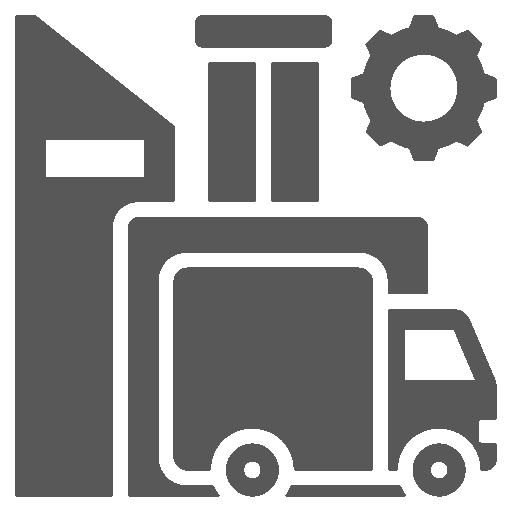

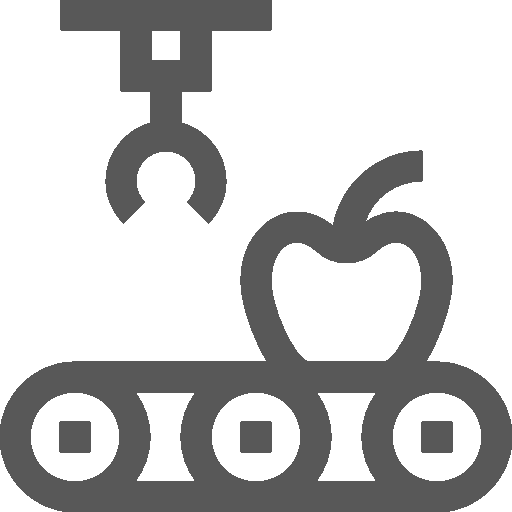
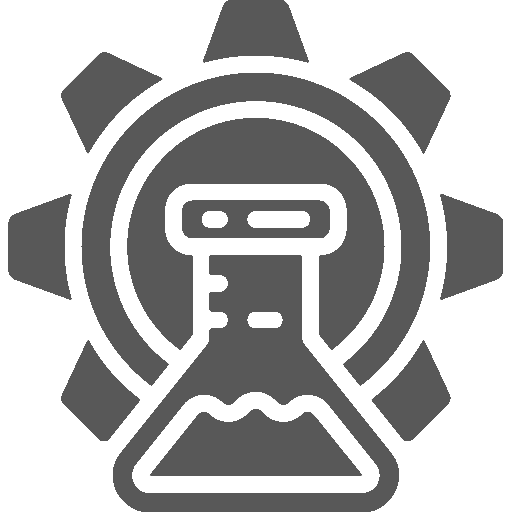

 White Papers
White Papers Case Study
Case Study Documents
Documents Webinars
Webinars Events
Events ROI Calculator
ROI Calculator FAQ
FAQ